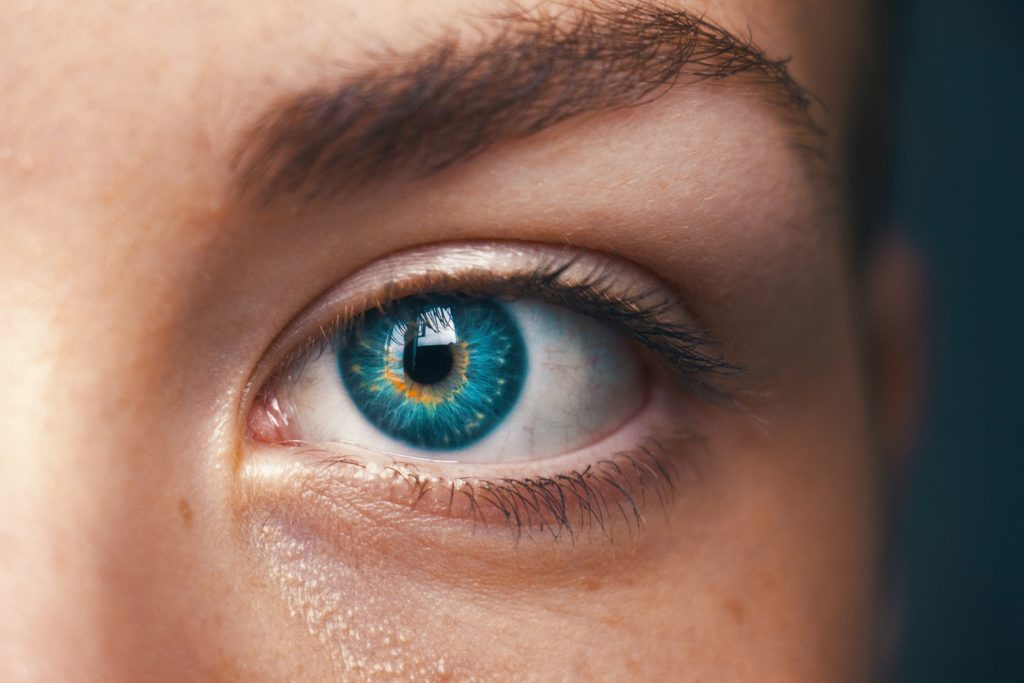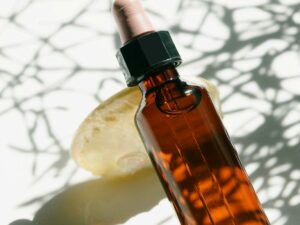A Complete Guide to Milia – How to Treat and Prevent it
Milia can be annoying and difficult to deal with, especially since it occurs most commonly on the face. While it is not painful for the most part, it can be very bothersome and may accumulate over time. Skincare is essential to the treatment and prevention of this skin concern.

Here is your complete guide to the treatment and prevention of milia! Learn everything you need to know about this issue, including what causes milia, and even how to extract them.
What is Milia
Milia are those small white balls and dots that occur on the body, usually under the eye area. They are simply a collection of keratin cysts, skin cells clumps, that do not shed. Lucky for us, while common, they should be benign, meaning they cause no pain. They are also usually very small and close to the surface.
What Causes Milia
Milia happens when skin cells gather and become trapped underneath the surface. Here form the white balls just underneath the surface. Truth be told, there is not enough knowledge about what causes them, but if you’re milia-prone, you might want to avoid heavy creams and petroleum-based products, particularly around the eye area. Some studies have found a correlation between milia formation and sun exposure as well.
There can be a variety of reasons that milia occurs which are very hard to pinpoint. Maybe it’s a skin condition where your cells don’t turn over fast enough, maybe it’s the cream you’re using, or maybe it’s the products you are not including in your skincare routine.
Whatever the case, very rarely do milia go away on their own, so adequate treatment is needed. However, because this skin concern is very superficial, you usually don’t need invasive treatment.
How to Treat Milia
As stated, invasive treatment isn’t usual for milia but most of the time, it will not go away on its own.
Certain skincare reduces are very effective in treating milia. You can use exfoliating ingredients to help the skin cells turnover fast. Use lactic acid, glycolic acid, or salicylic acid to help exfoliate the skin. This will help reduce the cysts of cells and increase new skin cell growth.
You can also use retinoids to renew the skin. A prescription retinoid called tretinoin is the most effective type of retinoid, but there are also over-the-counter options like retinol, retinal, and adapalene.
And again, you can do a more intense treatment like blade extraction to gently and painlessly cut the surface of the skin and extract the milia. This should only be done by a professional though, I can see how some may be hesitant to pay for the extraction of a tiny small bump. If you do try to extract at home, know there is a risk of infection, pain, or scarring. Use a sterile extractor, and gently hold the skin taut. Then press shallowly, ensuring there is no pain or deep penetration.
Prevention of Milia
To prevent milia, you can use the treatment options regularly. Use exfoliating ingredients 1 to 3 times a week and use retinoids as well. Do not mix exfoliating ingredients and retinoids as this is too harsh for the skin and may lead to breakouts, acne, and sensitivity.
Also, avoid highly occlusive ingredients like petroleum, as this may lead to clogged pores and the accumulation of stuck skin cells.
Plus, use sunscreen to help prevent sun damage that may lead to milia. Sunscreen is vital to ensure the skin is hydrated, healthy, and protected.
The Takeaway
Milia is an annoying but treatable condition. Knowing how to prevent it is half the battle so be sure to use sunscreen to protect the skin from sun damage and avoid occlusive ingredients in skincare.
As for treatment, try to use retinol and exfoliating ingredients, though not on the same night. Too many active ingredients may cause breakouts and skin sensitivity.
Worst case scenario, you may need to go into a clinic for an extraction of the milia and though this can be done at home, it is not recommended.
Remember that health comes from within, so try to eat good meals that are nutrient-dense, work out daily with exercise that feels good, and take care of your mental health. Daily habits you cultivate become the building blocks of your emotional, mental, and physical wellbeing.
Never forget about gut health as well for even more health benefits! Learn everything you need to know about gut microbiota today for free here!





